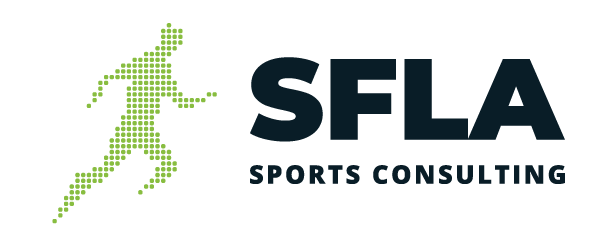By Anna Kyprianou, Contributor
“Success is where preparation and opportunity meet”, Bobby Unser
The Olympic Games are considered the ultimate success for an athlete. Many athletes train every day for years just to earn their spot in the Olympic Games. Even though the hardships are many, the Olympic dream is always a shiny one. The biggest challenge for Olympic Athletes though is the competition for financing their Olympic training career.
“Sometimes the competition that I face is not the competition on the track but rather the competition of finances, and every year it’s a losing battle. When you total up all the cost of coaching, trainers, medical, equipment, and travel expenses my monthly pay check just doesn’t add up”, Cyrus Hostetler (two-time Olympic javelin thrower).
In order to address the abovementioned issue a new approach was adopted by the International and National Federations and Committees around the globe. The IOC adopted changes with the most recent being the Olympic Agenda 2020, where athletes remain at the center of all 40 of the proposals.
Canada has been one of the first countries in the world to adopt a system FOR CANADA TO BE A WORLD LEADER IN HIGH PERFORMANCE SPORT AT THE OLYMPIC AND PARALYMPIC GAMES. Through National Sport Organizations (NSOs) they manage to govern all aspects of a sport within Canada, manage their high performance programs, select and manage their national teams, implement national initiatives to develop and promote their sport, sanction national level competitions and tournaments, provide professional development for coaches and officials in their sport, and propose and support bids for international competitions in Canada.
In Canada, high performance athletes have been able to access a number of funding sources to assist in their training, competition and living expenses. Some of these sources have also helped them cover expenses beyond their sport, like education, living costs, etc. The way that NSOs are organised, lead to the development of a number of programs to support financially the athletes’ efforts in achieving international success.
The most common source of funding for high performance athletes in Canada originates from federal and provincial governments. The federal government funds high performance athletes through the Athlete Assistance Program (AAP). The Athlete Assistance Program (AAP) that is developed and managed by Sport Canada, assists athletes in dealing with high performance and helps them enhance their personal and career development both during, and following, their athletic careers.
In order to establish relations between athletes and NSOs the athlete agreement has been formed. The athlete agreement begun as an idea to create a bond between athletes and NSOs, while nowadays tends to morph into commercial contracts. The current Athlete Agreement template has been adopted by five NSOs and is currently being included in Sport Canada’s AAP policy. The expectation is that all NSOs adopt the Athlete Agreement template by 2020.
Despite the fact that the funding from the NSOs is relatively low when compared to federal and provincial government sources, NSOs are the responsible organisations to run the High Performance Program. This program revolves around the National Teams and includes all aspects of management, coaching, hiring, team selection and may include among others, selecting athletes for the National Team(s), negotiating with other sport organizations for support, nominating athletes, then negotiating with Sport Canada for Athlete Assistance Program funding, and purchasing and providing of insurance coverage for its high performance athletes and coaching staff.
While the sports world becomes more commercial, the biggest challenge the national sports authorities are facing are to keep athletes on track and help them achieve their dreams to “own the podium”. NSOs are close to Olympic athletes and help them on a daily basis; however a lot are still to be done. More and more kids need to be introduced to the Olympic dream with the goal of finally getting involved. To do so, each organisation has to create pilots for model partnerships with after-school programs in underserved areas. NSOs need to keep up with technology by endorsing online tools that deliver training to kids from different backgrounds and most importantly such tools should be offered free to every youth serving organization. The Canadian example is one which should be followed by many other countries to help Olympic athletes fund their Olympic career and thus alleviate the stress which is inherent to the lack of funding.
For a discussion of how the National Sport Organizations of different countries can help Olympic Athletes fund their careers, you may contact us at [email protected].

